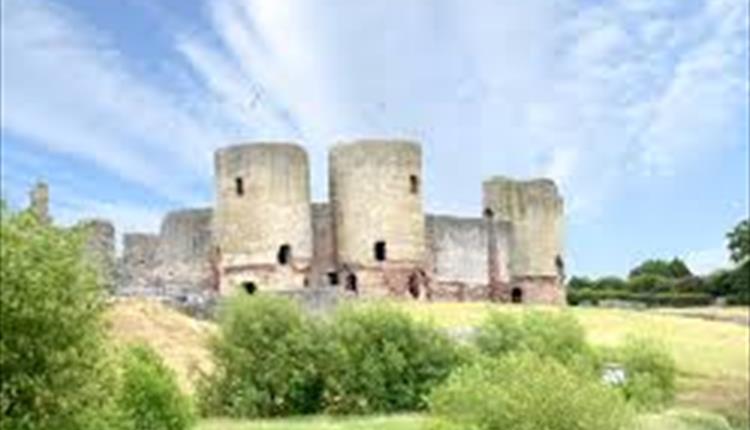About
The town of Rhuddlan sits in the county of Denbighshire, North Wales. It lies on the banks of the River Clwyd to the east of Abergele, north of St Asaph and to the south of Rhyl. Rhuddlan is renowned for both its Edwardian Castle and the Church of St Mary, both of which stand on the banks of the River Clwyd.
Rhuddlan Castle is one of the “Iron Ring of Castles” built by the English King Edward 1 to suppress the Welsh and never fails to impress. The Town Centre From the west bank of the River Clwyd there are fine views of the castle, the river, and the old church of St Mary's. Moreover, from the west bank it is just a short walk across the bridge and up the hill into the town. At the top of the hill you have the choice of visiting St Mary's Church on your left or bearing right to visit Rhuddlan Castle. Alternatively bear straight ahead along Rhuddlan High Street; the town of Rhuddlan was laid out at the same time as the castle and 21st century visitors can walk streets that echo this original 13th century plan.
Walks, Cycle Trails and Other Activities Walkers will appreciate the landscape around Rhuddlan as it is relatively flat, well compared to the rest of Wales. There are many walks criss-crossing the landscape and the North Wales Path meanders through the town. The Clwydian Way can also be accessed from Rhuddlan. Churches St Mary's Church: St Mary's Church is an ancient church that sits high and dry on the steep bank of the River Clwyd just a few hundred yards from Rhuddlan Castle. The first church in the Norman Borough of Rhuddlan was built about 1080. A new Parish Church was built in 1301 -and this appears to have consisted of the present south nave of St Marys, with further additions over the next two centuries making the building that is here today. The church celebrated it's 700th. Anniversary in the year of our Lord 2001 and a stained-glass window depicting the Castle, the Church, the Bridge and the River Clwyd was commissioned and installed. The building was substantially restored in 1812 and by George Gilbert Scott in 1870. It has the appearance of a typical 'Clwydian' or double-naved church of the late 15th Century.
.png)


 to add an item to your Itinerary basket.
to add an item to your Itinerary basket.












Follow Us...
Facebook
Twitter
Instagram
Youtube